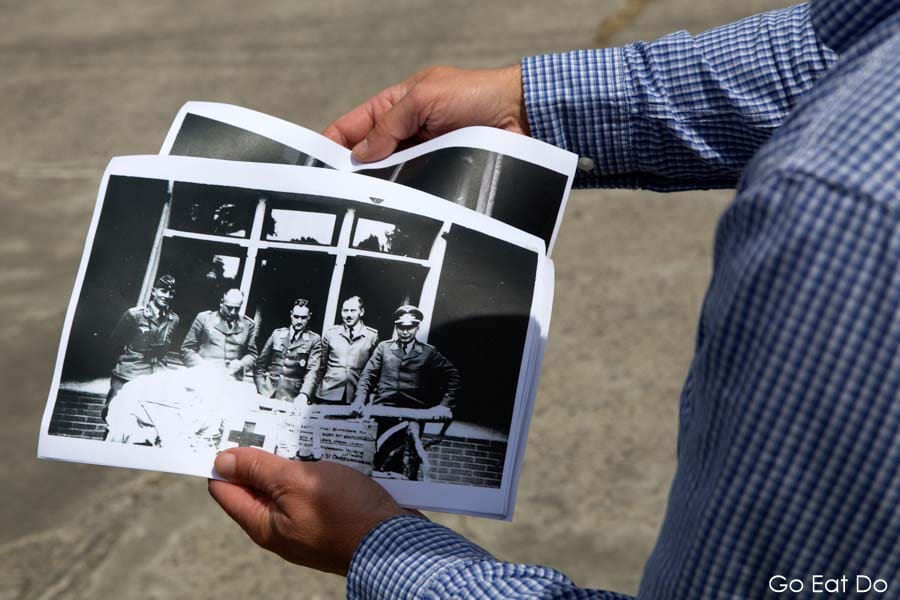Stuart Forster follows the Douglas Bader Trail in St Omer, France.
“Who’s Douglas Bader?” asked my partner upon realising I was planning a trip to St Omer, in northern France, that would include a guided tour of the new Douglas Bader Trail. The tours show where the Royal Air Force’s Spitfire pilot was shot down plus locations associated with his subsequent escape and recapture.
Disclosure: Stuart Forster, the author of this post, visited St Omer as a guest of Pas de Calais Tourism and retained full editorial control of this article. Pas de Calais Tourism did not review or approve this article. Some of the links and banners below are affiliate links, meaning, at no additional cost to you, I will earn a commission if you click through and make a purchase.
“What? You’ve never heard of Sir Douglas Bader?” I asked incredulously. I thought that pretty much everybody knew of the story of the World War Two fighter pilot ace and war hero.
Reach for the Sky
“You’ve never seen Reach for Sky?” I added, referencing the black and white film that stars Kenneth Moore as Bader. The movie conveys the story of the pilot’s crash, in 1931, which resulted in the loss of both of Bader’s legs.
The double amputee was determined to fly with prosthetic limbs but discharged from the RAF. Yet due to the shortage of pilots at the outbreak of World War Two, he was able to re-join the service. He was credited with 22 victories prior to his final flight of the war, on the morning of 9 August 1941.
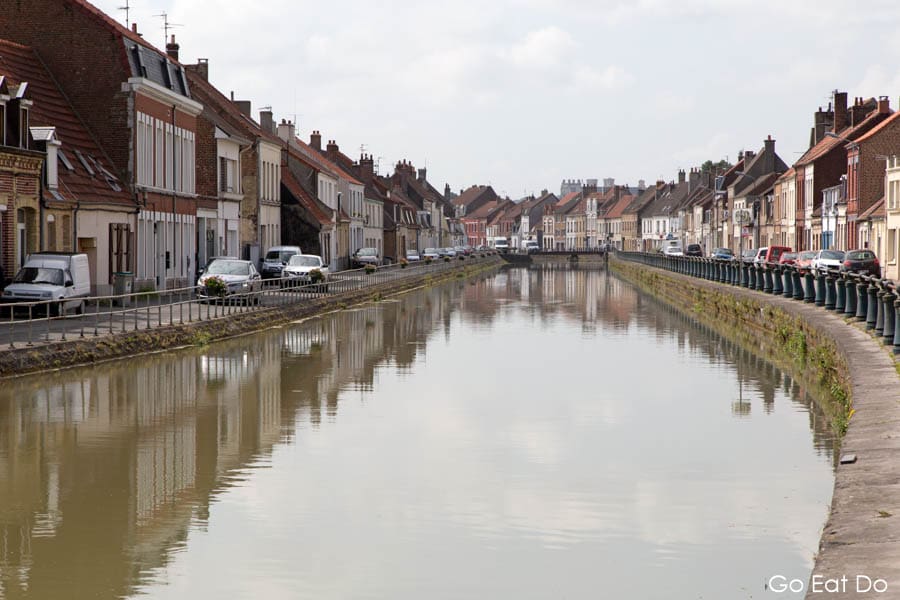
On the Douglas Bader Trail
“Bader was shot right about here,” explained Philippe Queste, the Heritage Project Manager in St Omer, his hand gesturing to the sky above a field near Le Mont Dupil, south-east of St Omer.
Corn swayed and rustled in the breeze as Queste, the department’s head of art and history, began to tell Bader’s story. He explained how Bader joined the RAF in 1927. Though not a brilliant student, Bader quickly established himself as a good pilot.
Bader also had a reputation for stubbornness — a character trait that was advantageous during his recovery from the crash that almost killed him in 1931 and attempts to surmount objections to becoming a fighter pilot at the start of the war.
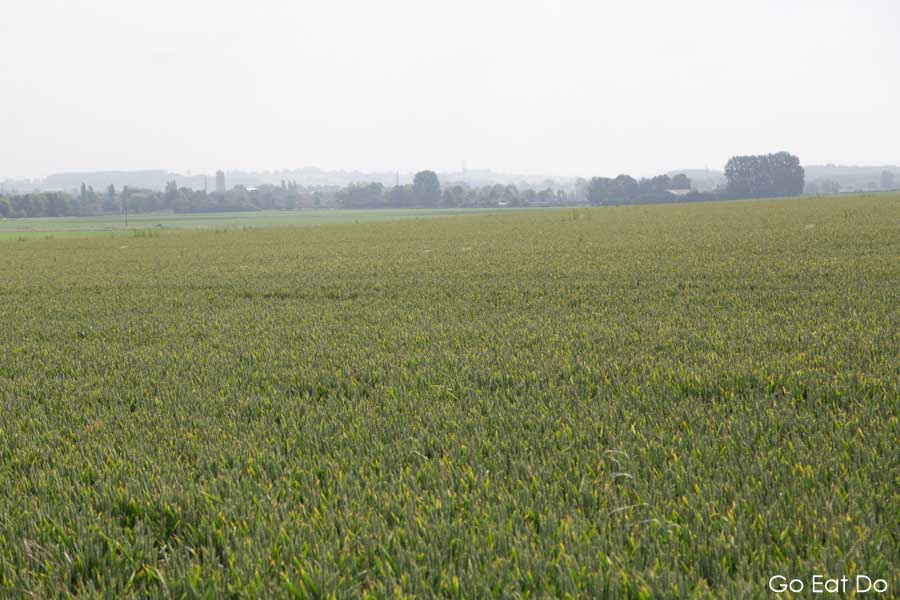
Pas de Calais in war time
The strategic value of Pas de Calais meant that the occupying German force declared it a Special Zone during World War Two. Access was restricted. The vast La Coupole and Eperlecques Blockhaus bunkers, planned as V2 rocket bases, are a legacy of that era and became the targets of numerous RAF missions. During the early part of the war raids known as circuses were conducted over northeast France.
As Bader’s Spitfire hurtled towards the ground he baled out. However, his right prosthesis was trapped in the cockpit and lost. The Germans took Bader prisoner. He was injured, so transferred to the Clinique Stérin (59 Rue St Bertin, St Omer) for medical treatment.
The drive from the crash site to the hospital where Bader was treated took us through Arques, past the site of the first land battle of the Hundred Years War and a hospital used to assess and research the psychiatric trauma of shell shock during World War One.
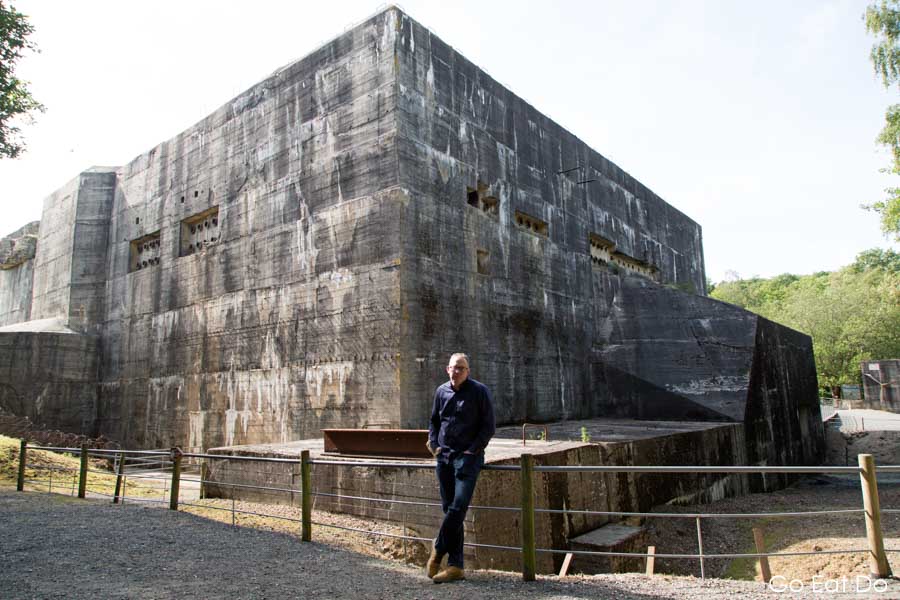
Escape from the Clinique Stérin
“Douglas Bader came here. He was well treated by the Germans,” explained Queste as we stood on Rue St Bertin opposite the building that was formerly the Clinique Stérin.
The injured pilot was given a room to himself. With the help of a Polish pilot who spoke both English and French, he secured the support of a nurse, Lucy de Boracay, with contacts in the French Resistance.
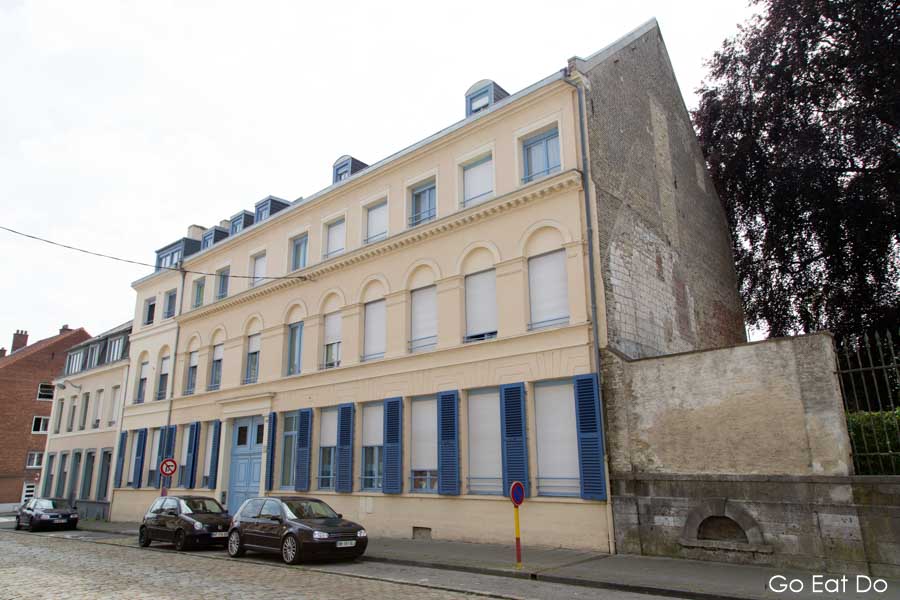
Just days after being shot down and while still badly bruised, Bader knotted together bedsheets and climbed out of the window of his room down to the ground below. Gilbert Petit guided the RAF man to a house at Le Quai du Haut Pont.
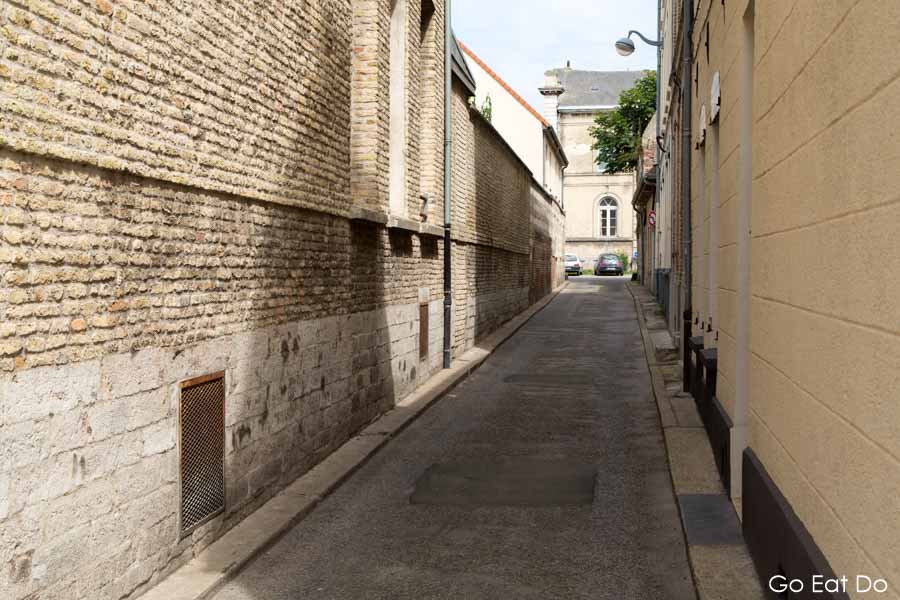
While hiding at the house of the Hiecques family Bader was recaptured. Queste explained how the Germans applied pressure on a young nurse, who revealed that she’d heard the name Hiecques mentioned.
Despite Bader’s claims that he arrived through their garden, unknown to the occupants of the house, the Hiecques were sentenced to death. That was commuted to forced labour. Mr Hiecques died in 1952 but his wife survived and was awarded the Legion of Honour, France’s highest order of merit, in 1965.
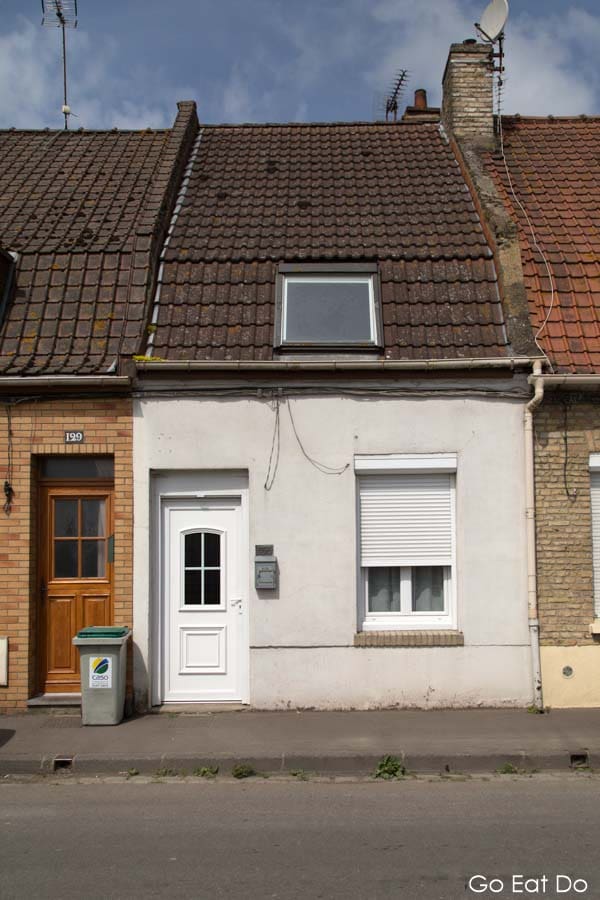
The airbase at Longuenesse
Numerous aircraft were shot down over St Omer. Many of the Luftwaffe fighter aircraft of World War Two took off from St Omer – Wizernes Airfield at Longuesnesse, which was a base for British planes during World War One.
Queste explained the major significance of the airbase to the Royal Flying Corps and, later, the Royal Air Force during the 1914 to 1918 conflict. More flights took off from the airfield than any other base in France. A memorial stands by the airfield, bearing the Latin motto ‘PER ARDUA AD ASTRA’ (meaning ‘through hardship to the stars’), which has been adopted by the RAF.
Bader met Adolf Galland, a Luftwaffe officer and flying ace, at the airfield. “Such meetings were a courtesy between fighter pilots but they were also intended to make downed pilots feel relaxed, so they were more likely to give away secrets,” explained Queste.
It’s said that Bader commented that he had been unable to spot the airfield’s hangar, which was well camouflaged, from the air. The hangar is still standing.
Attempts to repair Bader’s recovered prosthetic leg had not been successful. The leg was noisy and not working fully. Galland successfully petitioned Herman Göring, the head of the Luftwaffe, to allow the RAF to drop a replacement by parachute.
Douglas Bader was subsequently transferred to a Prisoner of War camp at Sagan (today part of Poland) from where he escaped in 1942. After being recaptured he was sent to Colditz Castle, where he remained until the infamous prison’s liberation weeks before the end of World War Two.
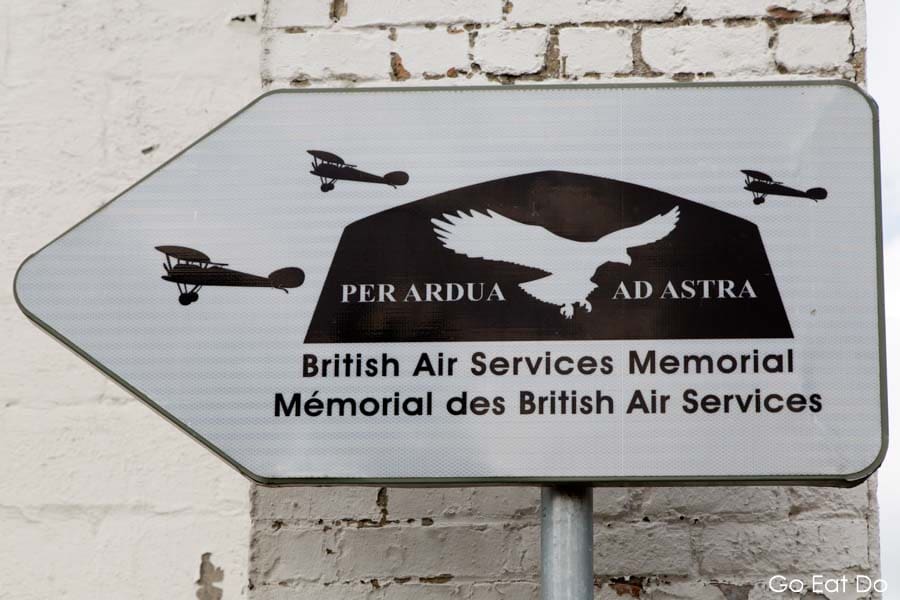
Visiting Longuenesse (St Omer) Souvenir Cemetery
The final point of interest on the tour was Longuenesse (St Omer) Souvenir Cemetery, which is managed by the Commonwealth War Graves Commission.
“We have, I think, the most important RAF cemetery in the world. It holds around 300 graves from the first and second world wars,” said Queste as we arrived at the neatly maintained place of burial.
It’s also another point of connection between St Omer and Douglas Bader. The pilot’s father, Major Frederick Bader, worked for the commission, which was headquartered in Longuenesse from 1919 to 1929. He died at St Omer in 1922, as the result of wounds sustained during the Great War and was subsequently reburied in Brussels.
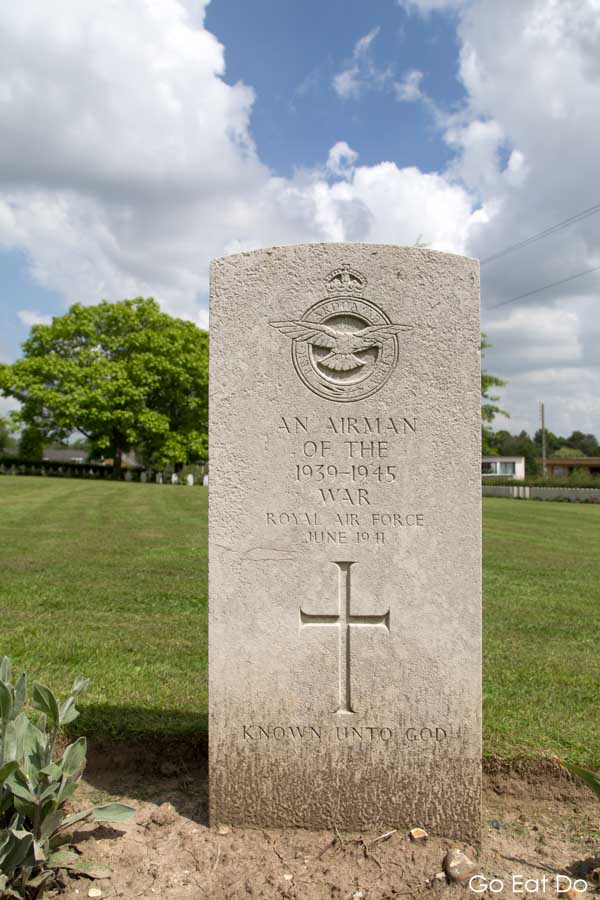
Booking the Bader Tour
The Bader Tour runs each Saturday, from 7 July until 1 September 2018. The tour begins at 2.30 pm from Place Painlevé in St Omer and lasts between two and two-and-a-half hours. Up to 30 participants can join each tour. Tours are priced at €8 for adults and €4.50 for children (aged six to 18) and can be booked via the St Omer tourism information office.
More about Douglas Bader
Learn more about the life of Group Captain Sir Douglas Bader via the following books and film:
Douglas Bader: The Biography is by John Frayn Turner:


Douglas Bader: A Biography is by Robert Jackson:



Where is St Omer?
St Omer lies approximately 40 kilometres southeast of Calais, the port city on the north coast of France.
How to get to St Omer
St Omer is 40 minutes’ drive from Calais. Le Shuttle runs up to four crossings an hour, via the Eurotunnel, between Folkstone and Calais. The service is easy to use and the Charles Dickens Terminal, at Calais, offers an opportunity to pause for a drink and to go duty-free shopping before returning to the United Kingdom.
Prefer rail travel? The Eurostar runs from London’s St Pancras International to Lille. The journey between Lille and St Omer takes from 46 minutes.
Where to stay
I stayed at the Nateji Hotel Chateau Tilques (12 Rue de Chateau, 62500 Tilques; tel. +31 (0)3 2188 9999), a 52-room luxury hotel located five kilometres from the centre of St Omer. The brickwork chateau was built in 1891. Accommodation is offered in both the original building and an adjacent modern annexe.
The facilities include a swimming pool, tennis court and a bar. The hotel’s fine-dining restaurant, Les Vert Mesnil, is within the converted stables of the original chateau, dating to the 17th century. A fixed price menu gourmand and a la carte choices are available.
The Ibis St Omer Centre (2-4 Rue Henri Dupuis, 62500 St Omer; tel. +31 (0)3 2193 1111) is a modestly priced three-star hotel with 65 rooms in the heart of the town.
With 26 rooms, Les Frangins (5 Rue Carnot, 62500 St Omer; tel. +31 (0)3 2138 1247) is a traditional two-star hotel with a restaurant in the centre of St Omer.
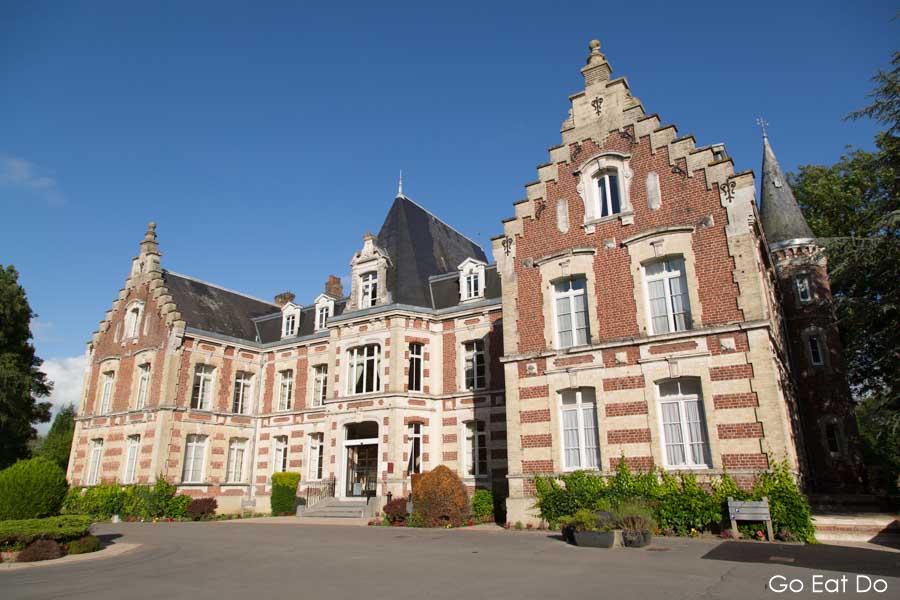
Further information
The St Omer tourism office website has suggestions about things to do and see, plus places to stay and eat in the municipality.
View the Pas de Calais Tourisme website for information about things to do and places to go in the department in northern France.
The France website is also a useful source of tourism-related information for the region.
Follow the #RAF100 hashtag for more information relating to the centenary of the establishment of the Royal Air Force.
Photos illustrating this post are by Why Eye Photography which is available for travel photography commissions.
Stuart Forster, the author of this post, is an award-winning journalist and history graduate. He is based in the northeast of England and available to travel and undertake commissions.
If you enjoyed this post why not sign up for the free Go Eat Do newsletter? It’s a hassle-free way of getting links to posts on a monthly basis.
‘Like’ the Go Eat Do Facebook page to see more photos and content.
